Newsroom
What are Common Faults and Solutions of Slewing Bearings?
As a key component in mechanical equipment, the slewing bearing may have various faults after long-term operation due to load, improper lubrication or environmental factors. If not handled in time, it may cause unstable operation of the equipment or even serious damage. Therefore, it is crucial to understand the common faults of the slewing bearing and their solutions for equipment maintenance.
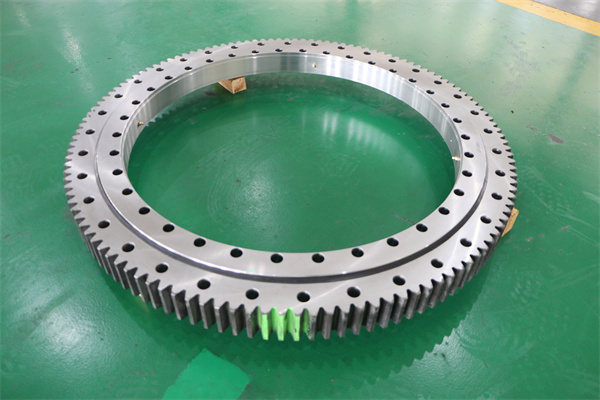
I. Common types of failures and causes of slewing bearings
Poor rotation or jamming
Possible causes:
Foreign matter enters the bearing, causing the rolling element to be blocked
Insufficient lubrication or expired grease deterioration
Overload operation causes damage to the raceway
Improper equipment installation causes uneven bearing force
Abnormal noise (abnormal sound)
Possible causes:
Severe wear of the raceway or rolling element
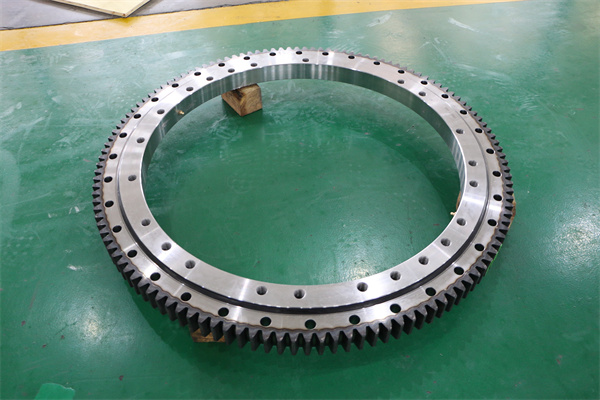
Insufficient lubrication or grease drying
Loose bolts cause friction between the slewing bearing and the mounting surface
Excessive vibration during operation
Possible causes:
Loose or damaged rolling element inside the slewing bearing
Uneven mounting surface causes uneven force
Equipment load exceeds the design range, causing deformation of the slewing bearing
Abnormal wear of the slewing bearing raceway
Possible causes:
Excessive load or uneven force causes local damage to the raceway
Failure to replace the grease for a long time causes friction between the rolling element and the raceway Increased friction
The equipment has been running in a harsh environment for a long time, such as high temperature, dust or moisture
Loose or broken bolts
Possible reasons:
The equipment vibrates too much, causing the bolts to loosen
The bolts were not tightened according to the specified torque during installation
The equipment has been overloaded for a long time, causing excessive force on the bolts
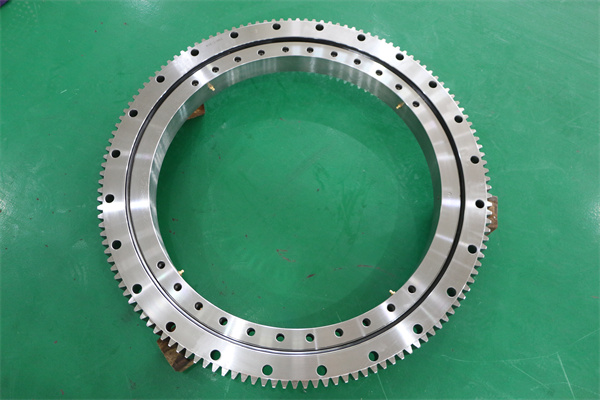
II. Solutions to slewing bearing failures
Solutions to poor rotation or jamming
Disassemble the slewing bearing, clean the raceway and rolling elements, and ensure that there are no foreign objects inside
Add or replace the appropriate grease and ensure uniform lubrication
Check whether the equipment is overloaded and reduce the load if necessary
Readjust the installation surface to ensure that the slewing bearing is evenly stressed
Solutions to abnormal noise
Check whether the rolling elements and raceways are severely worn. If damaged, replace the slewing bearing
Add grease regularly and ensure that a suitable lubricant is used
Re-tighten the bolts to prevent abnormal friction caused by looseness Common
Solutions to excessive vibration during operation
Reinstall the slewing bearing to ensure that the installation surface is flat to avoid stress concentration
Check the equipment load to avoid overload operation
If the rolling element is found to be loose or damaged, the slewing bearing should be replaced in time
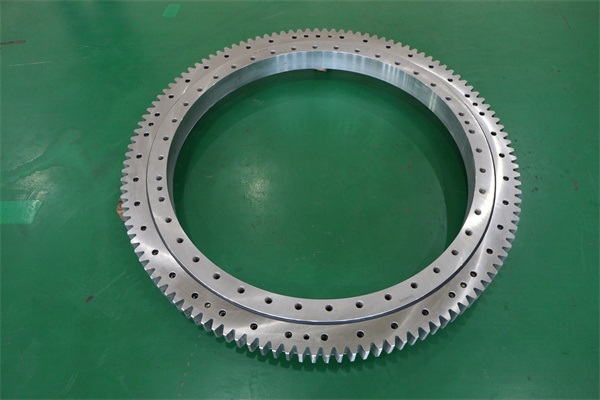
Solutions to abnormal wear of the raceway
Monitor the load conditions to avoid long-term overload operation
Ensure that the lubrication of the slewing bearing is in good condition and replace the grease regularly
For harsh environments, take protective measures such as installing sealing devices or selecting slewing bearings made of corrosion-resistant materials
Solutions to loose or broken bolts
Use a torque wrench to tighten the bolts to the specified torque to ensure uniform force
Select high-strength bolts to increase the tensile strength of the bolts
After the equipment has been running for a period of time, check the bolt status regularly to prevent loosening
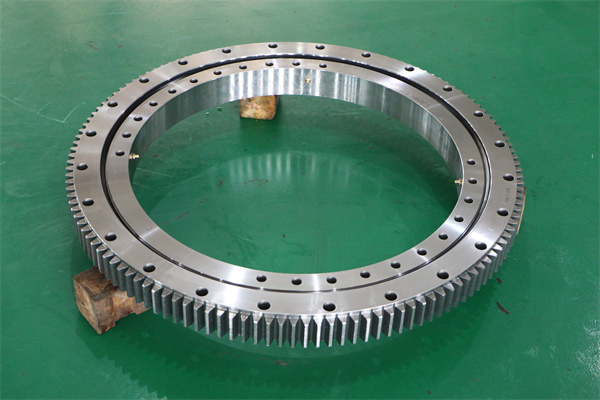
III. How to prevent slewing bearing failures
In order to reduce the occurrence of slewing bearing failures, in addition to timely In addition to troubleshooting and repair, the following preventive measures should be taken:
Regular maintenance and care
Establish a maintenance plan for the slewing bearing, and regularly check the lubrication, bolt tightening and wear conditions
Ensure that the equipment is in good working condition for a long time
Proper installation and commissioning
Ensure that the installation surface is flat to avoid uneven force on the slewing bearing
Use standard methods to tighten the bolts to avoid bearing damage due to improper installation
Choose a suitable slewing bearing model
Choose a suitable slewing bearing according to the load conditions of the equipment to avoid shortening the service life due to improper selection
Use high-quality lubricating grease
Choose grease suitable for the slewing bearing to ensure long-term lubrication effect
Regularly check the lubrication conditions to prevent wear due to lack of lubrication
IV. Summary
Common faults of slewing bearings include poor rotation, abnormal noise, excessive vibration, raceway wear and loose bolts. Correctly identifying the cause of the fault and taking effective solutions can improve the operating efficiency of the equipment and extend the service life of the slewing bearing. Through regular maintenance, correct installation and reasonable lubrication, the failure rate can be effectively reduced and the stable operation of the slewing bearing can be ensured.


